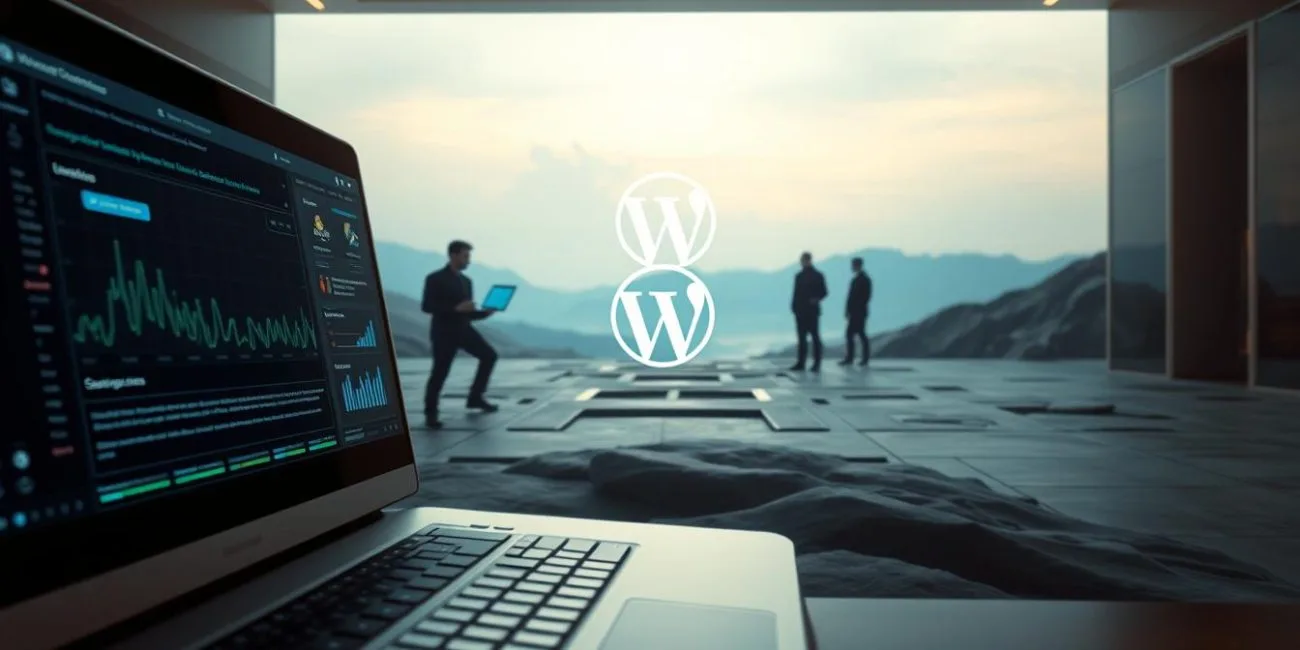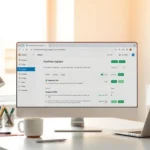In 2025, WordPress security in 2025 is a top priority for all website owners. Cyber threats are getting smarter, and keeping your WordPress website safe is no longer optional — it’s essential. Whether you’re running a blog or a business site, applying the right WordPress security measures can make all the difference.

This guide provides expert WordPress security tips to help you build a safer, more secure online presence.
Key Takeaways
- Understand why WordPress security in 2025 is critical
- Learn to build a robust security framework for your site
- Discover essential tips to protect your WordPress website
- Follow a clear step-by-step security guide
- Defend your site from malware, brute force attacks, and more
Essential WordPress Security Fundamentals for 2025
WordPress security in 2025 starts with understanding today’s threats. As a website owner, staying informed is your first line of defense.
Current Security Threats Targeting WordPress Sites
Common threats include malware injections, brute-force login attempts, and exploits in outdated themes and plugins. According to WordPress.org, over 90% of hacked WordPress sites were running outdated software.
Setting Up Your Security Foundation
Ensure your WordPress core, themes, and plugins are up to date. Use strong, unique passwords and limit login attempts to minimize risk. These small steps create a strong base for future security improvements.
How to Secure Your WordPress Website Step by Step in 2025
Installing and Configuring Security Plugins
Start by installing trusted plugins like Wordfence or Sucuri. These offer malware scans, login protection, and firewall setup. Choose plugins compatible with the latest WordPress version.
Strengthening Login Security and User Management
Implement two-factor authentication (2FA) and limit login attempts. Regularly audit user roles to reduce risk from compromised accounts.
Hardening WordPress Core Files and Database
Regularly update core files and remove unused themes. Change your database prefix and schedule automatic backups for fast recovery.
Implementing SSL and Firewall Protection
Use SSL encryption to secure data in transit. A Web Application Firewall (WAF) blocks common threats before they reach your site. Most managed hosting providers like Kinsta or WP Engine offer these by default.
| Security Measure | Description | Benefits |
|---|---|---|
| Security Plugins | Install plugins like Wordfence and Sucuri | Malware scanning, login protection, firewall |
| 2FA | Implement two-factor authentication | Extra login security |
| SSL Encryption | Use HTTPS for your site | Protects user data, boosts SEO |
| WAF | Web application firewall | Blocks common web attacks |
“Security is not a product, but a process.” – Bruce Schneier
Maintaining and Monitoring Your WordPress Security
WordPress security in 2025 doesn’t stop after setup. Ongoing monitoring and updates are critical to stay protected.
Creating a Regular Security Maintenance Schedule
- Update WordPress, themes, and plugins weekly
- Back up your site daily
- Run full security scans every week
Developing a Security Breach Recovery Plan
Even with strong protection, breaches happen. A quick response plan ensures minimal damage.
| Step | Description |
|---|---|
| 1. Identify the breach | Find out what was affected |
| 2. Contain the breach | Prevent further damage |
| 3. Restore from backup | Bring your site back online safely |
Protecting Your WordPress Site: A Summary
Following a strong WordPress security in 2025 checklist protects your website from growing threats. Always update, monitor, and maintain your site. Use the right tools, follow best practices, and remain proactive.
FAQ – WordPress Security in 2025
What are the most common security threats to WordPress sites in 2025?
Malware, phishing, outdated plugins, and brute-force logins are the main risks.
How often should I update my WordPress core, themes, and plugins?
Update immediately when a new version is released to avoid vulnerabilities.
What is the best way to create strong passwords?
Use combinations of letters, numbers, and symbols. A password manager helps.
How do I configure a security plugin?
Download from the WordPress Plugin Directory and follow the plugin’s setup wizard.
What is SSL and why is it important?
SSL encrypts user data and builds visitor trust. It’s essential for all sites in 2025.
How can I develop a security breach plan?
List recovery steps, identify threats quickly, and always keep recent backups ready.
Why is regular maintenance necessary?
It helps detect threats early and ensures your website stays protected over time.
How do I implement a firewall?
Use a plugin or your hosting provider’s WAF service to filter traffic and block attacks.
Internal link: Check out our guide on Best WordPress Plugins for 2025 to learn about other essential tools.










